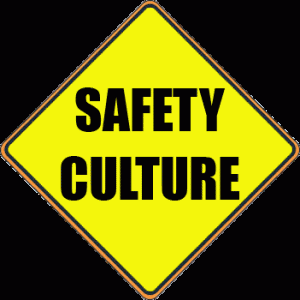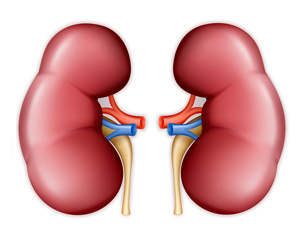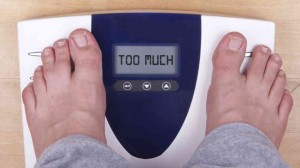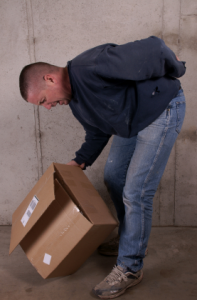 Before crawling up on the roof to string the Christmas lights, you need to know that every year, hospital emergency rooms treat about 12,500 people for injuries, such as falls, cuts and shocks, related to holiday lights, decorations and Christmas trees, according to the U.S. Consumer Product Safety Commission (CPSC).
Before crawling up on the roof to string the Christmas lights, you need to know that every year, hospital emergency rooms treat about 12,500 people for injuries, such as falls, cuts and shocks, related to holiday lights, decorations and Christmas trees, according to the U.S. Consumer Product Safety Commission (CPSC).
In addition, warns CPSC, candles start about 11,600 each year, resulting in 150 deaths, 1,200 injuries and $173 million in property loss. Christmas trees are involved in about 300 fires annually, resulting in 10 deaths, 30 injuries and an average of more than $10 million in property loss and damage.
“Sometimes people are having such a nice time during the holidays that they forget to extinguish candles,” said CPSC Chairman Hal Stratton. “Always put out lit candles before leaving a room or going to bed. Always keep burning candles within sight. Also, make sure your holiday lights bear the mark of a recognized testing lab to show they meet safety standards.”









